Fashion: History Of Costumes
09/12/2021 2024-02-04 11:26Fashion: History Of Costumes
Fashion costumes have evolved drastically over the last century. A costume, as per the description in fashion terms, is known as a set of clothes that have evolved in a specific period in history or from a particular country. From the ancient days of man to the fashion and trends are relatively familiar to the ultramodern period. Utmost costumes that are used at the moment are embedded back to nearly in history. Though traditionally Halloween costumes are likely to be monsters, colorful fiends and other frightful beings, there are numerous further costume looks grounded on characters and numbers from once or present everyday life
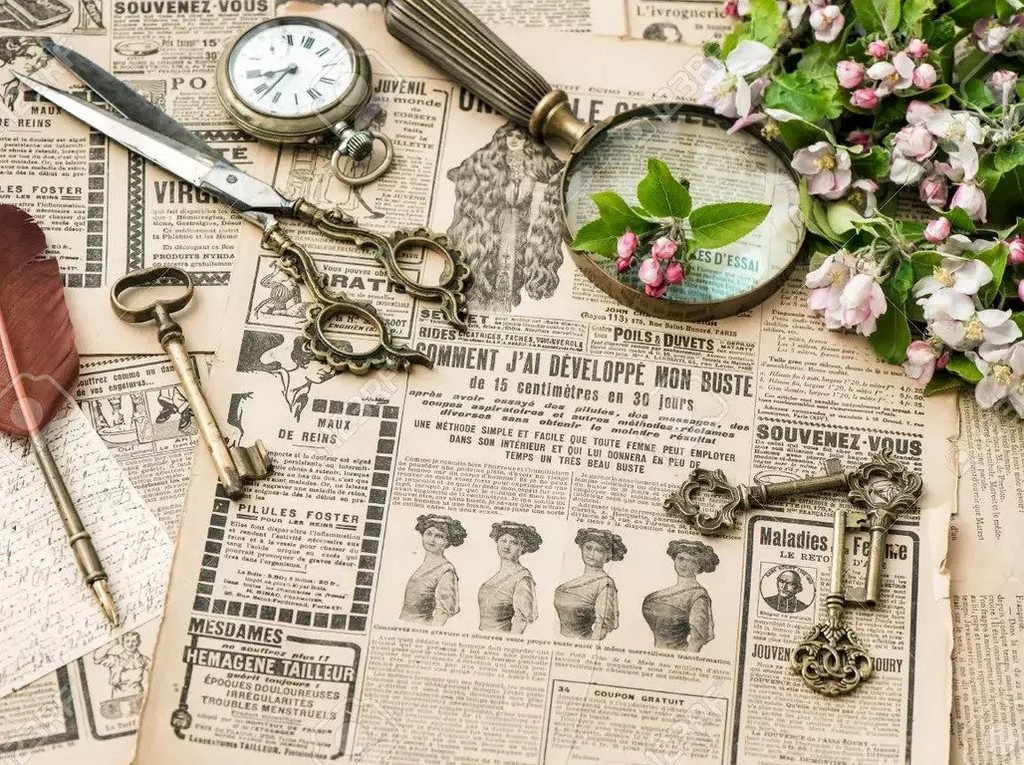
While taking a look back to the morning of man’s apparel and costume trip retracing humanity’s way through fashion’s evolutionary process. Each literal period has its notable apparel styles and trends. Where-creating any kind of character, whether it’s in the history or from the present day, the fashion looks of any time period is the most pivotal part of establishing the veritably substance of the character. Admitting the fashion societies that were vital in any one period in history is to greatly understand the life and culture of that time period in history.
When’s the history of costumes since the first culture to be linked with a fashion history
Ancient Egypt
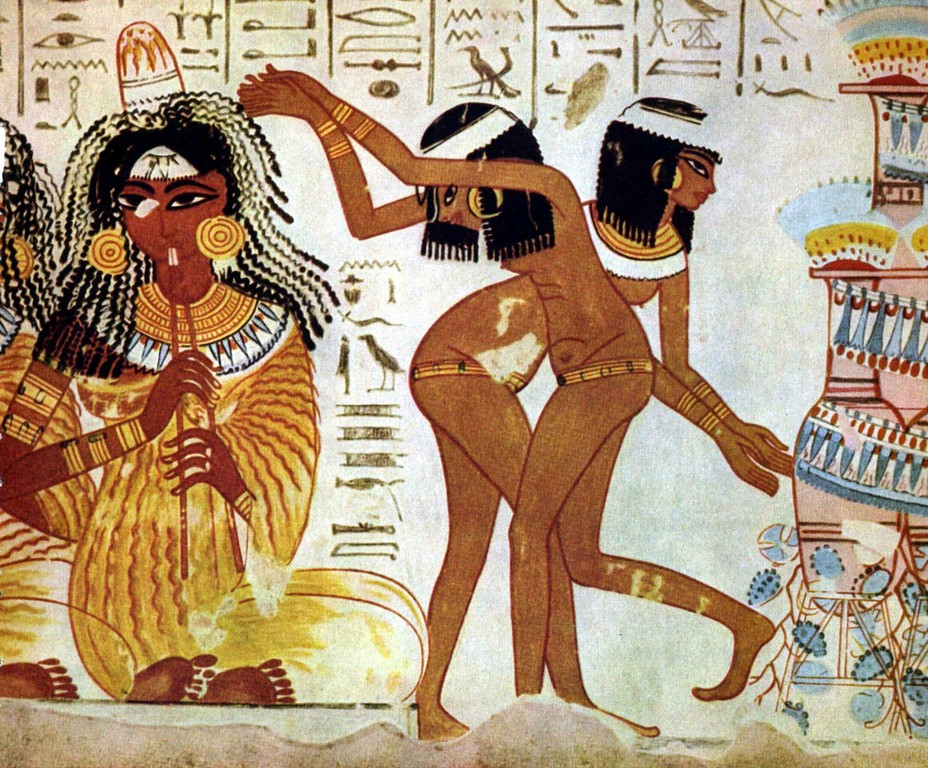
The foremost fashion trends are frequently traced back to the time of the traditional Egyptians. The apparel of the traditional Egyptians was substantially made from linen, which was an ideal fabric for keeping cool during a tropical desert climate. Women wore long, simple jacket style dresses that were delayed by one or two strips. It was common for the jacket to move down the guts fully exposed, because the traditional people did n’t view this as free or nasty. Retainers in utmost cases worked naked or nearly so, with nothing but a easy captain cloth. Egyptian men wore a kind of serape skirt also made from linen. Simple apparel pieces were frequently adorned with circumferences and borders with fabrics that were constantly left in the natural color, with frequently use of colorings. the more rich Egyptian frequently were adorned with ornate collars, hats, irons, earrings, and rings of exquisite workmanship employed to embellish their apparel ensembles. Indeed in these veritably youth of man, it’s easily apparent that vanity was an enormous factor with these ancient peoples, especially amongst people who were more rich.
Ancient Greece and Rome
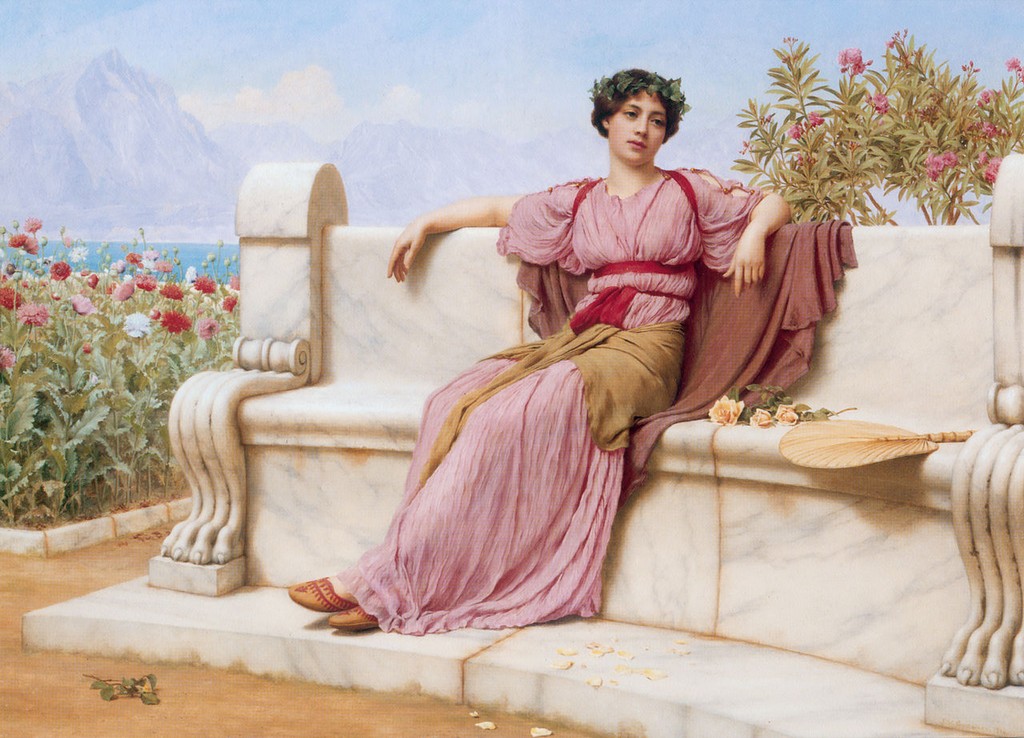
In the days of Ancient Greece and Rome, fashions were largely draped pieces of fabric, as the needles that would be needed for expansive stitching were still veritably rudimentary, clumsy and delicate to manage. Belting woven woolen fabrics in colorful styles was the general order of the day and both the Greeks and the Romans were noted for their draped, mask-suchlike fashions. Long introductory tunics were the essential costume piece as was a mantle, which was a piece of fabric that was worn on top like a cloak. These mask like garments were frequently held in place by brooches or legs.
In Rome, the Toga was considered to be the garment worn by the most distinguished men in the community. Ironically, women weren’t allowed to wear the Toga at each, but rather wore what was known as a Stola, which was a type of dress created from draped fabric that could be bepainted in colorful colors. Presumably one of the most ignominious exemplifications of a Roman Stola is the bone that’s worn elegantly by the Statue of Liberty herself.
To the Greeks and the Romans, apparel was a clear expression of one’s social status. Depending on one’s position in society, the style or color used in one’s apparel would vary. For illustration, Roman Legislators would have their Togas stretched with grandiloquent stripes. Ordinary Romans wore apparel made of rougher course woven hair while the fat Romans were suitable to go further luxurious fabrics like finer hair, linen, silk and the most precious grandiloquent color which was created using a special kind of ocean draggers.
Medieval Era
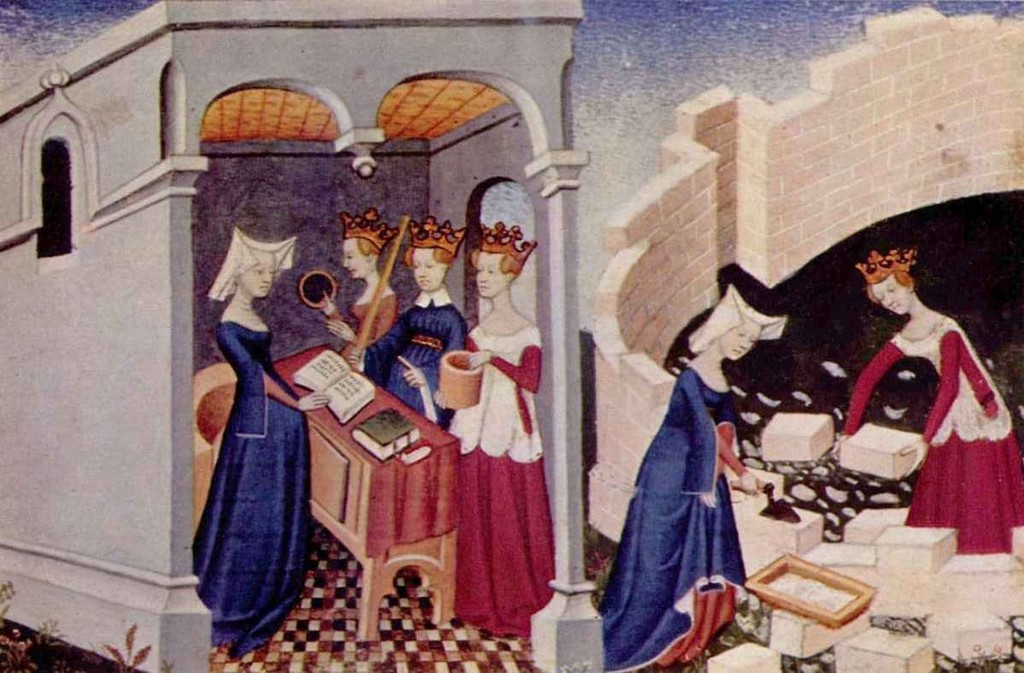
During the Medieval time period, the type of apparel worn by people was easily reflective and varied extensively according to bones social status. The poor did n’t watch important about or have the wherewithal to be concerned with fashion and made utmost of their simple apparel at home. The fat could go further luxurious fabrics and could also hire knitters to produce further beautiful apparel.
Introductory tunic style garments were the essential element of men and women’s medieval fashions. Men frequently paired their tunics with a woven baggies or loose pants, while women’s tunics were frequently fashioned into a dress-suchlike garment that had lower necklines and were laced up at the midriff. Comfort and practicality was crucial during the medieval period. The external apparel was infrequently washed although the undergarments were washed with kindly lesser frequence.
Armor was used to cover men during battle and combat and like other forms of apparel worn during this same time period, it reflected bones social status. During the medieval period, a form of defensive apparel worn frequently comported of introductory chain correspondence, which was fashioned by using a series of small rings or circles that were precisely interlocked together in a complex pattern, creating a form of defensive garment that would repel numerous slashing type injuries. An factual suit of armor was extremely precious to make and was generally commodity that was reserved for the elite knights and other important soldiers. The armor had to be made to fit the knight with absolute perfection so it did n’t circumscribe movement during battle. Helmets with colorful moving corridor similar as bills as well as securities completed the knight’s battle ensemble. Depending on the complexness of the knight’s battle gear, it surely made quite a mannish and a strong fashion statement at the time.
Renaissance Period
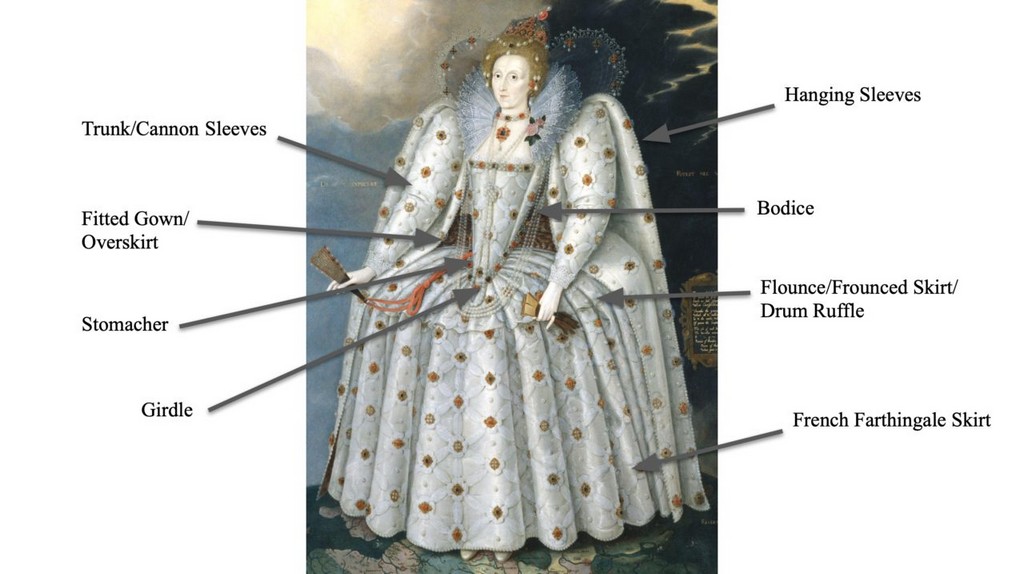
The Renaissance period passed between the 14th and 16th centuries. This period in history was a period of societal growth and great artistic reanimation, particularly when it came to the trades, armature, literature and other forms of literacy. Obviously the fashions of the Renaissance were deeply affected by what was passing in the world at large. When it came to costume that was vulgarized during the Renaissance period, it came an period of great intemperateness and extreme bombast. Fashions were ornamented with airs near the head, on the shoulders and indeed on the shanks. Feathers were used to trim everything from apparel to wide- brimmed headdresses. Clothing styles were big, inflated and inordinate as fashion styles were used in order make a grandiose statement. Rich, heavy and elaborate accouterments were made into the substantial fabrics used for Renaissance fashions.
Men favored jerkins, which were a type of jacket frequently fashioned from leather or velvet. These jerkins were paired with sock or full- length caddies and nether- sock, a type of hose that was held up by garters below the knee. The sock or tights worn by men were fully open at the crotch, which also itself was covered by a codpiece, a poke-suchlike piece that covered the front of the pants. This codpiece has created a bit of a stir itself as it was purposefully fashioned and occasionally padded as well as stretched in order to draw attention to a man’s genitalia, and by doing so, it frequently came the focal point of the outfit.
Renaissance Fashion Show
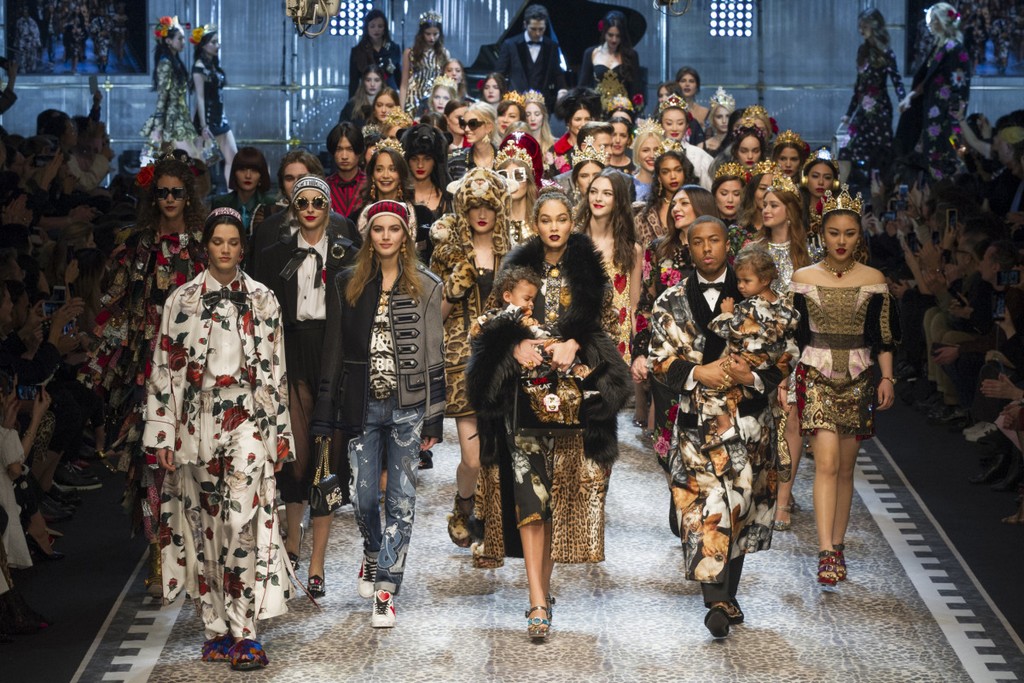
During the Renaissance period, going right along with the theme of general excess, women wore extreme corsets that accentuated and created bitsy waists as well as leveling out the bustline. Dresses that were known as Farthingales were held outward to extreme proportions with a series of indirect loops made of whalebone or caning to make them rigid. High middles, gigantic fluffy sleeves, exaggerated shoulders, and of course a veritably large skirt all were part of the extreme figure made popular during this period. The fabrics employed to produce these dresses were heavy brocades, velvets, furs, taffetas and silks, at least that was the case if you were fat enough to be suitable to go these accouterments.
Fringes were a ruffled neckpiece that was worn by both men and women. These fringes were strengthened with bounce and some were made to stand up several elevation, some being relatively extreme which sounded to be the name of the game during the Renaissance period as a whole.
17th and 18th Century Costume
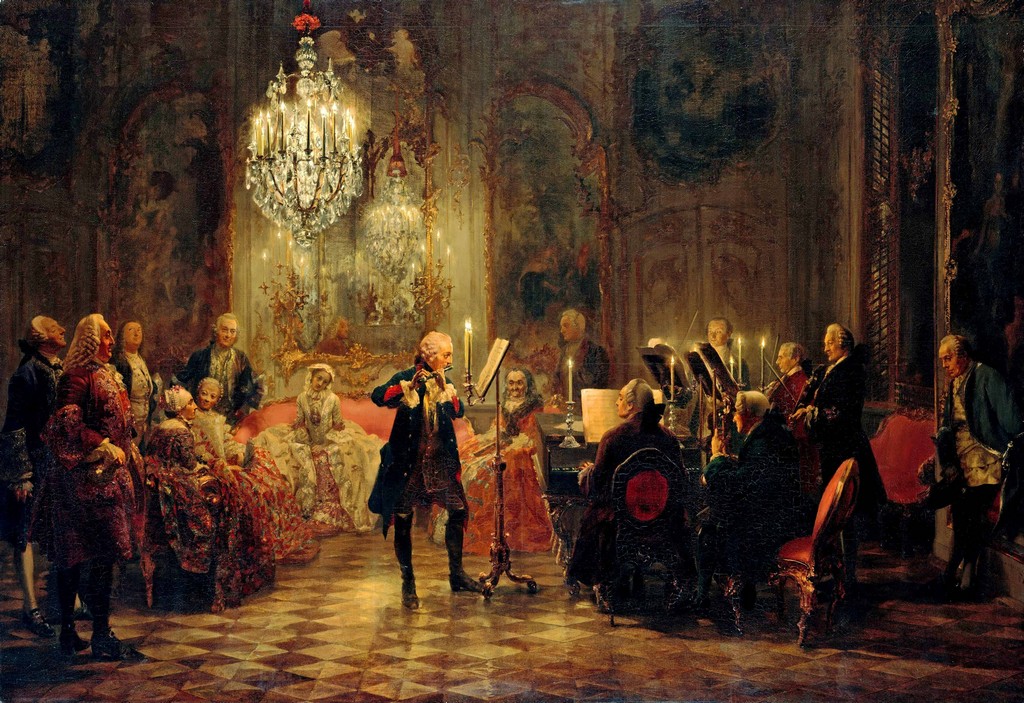
As the times progressed, the extreme fashions that were vulgarized during the Renaissance period began to be replaced by further natural looking outlines that shifted from being veritably stiff to styles that were important softer and further elegant. Fashions that placed further of an emphasis on comfort and simplicity came en vogue rather than redundant. Fringes were now considered out of style and so men were suitable to grow their hair long and free flowing without this ruffled collar being in the way. Bluenoses of this period wore a traditional chapeau with a large buckle on the front, while the Gentlemen wore a wide- brimmed chapeau adorned with a single feather and jewels.
During this period, for the first time in history since the period of the Ancient Romans, a woman’s arms were exposed, and a shorter sleeve length came in style. Women wore a linen shift as an undergarment and her skirts and bodice were frequently made in separatepieces.However, occasionally the external skirt was pulled up to expose the underskirt, If a woman wore further than one skirt. Gone were the heavily gutted, structured and supported skirts of previous times. Women’s skirts were now held up with petticoats and slips.
Men’s equivalents of yore now came dragged into what was known as a waistcoat and hourly a frock fleece was worn on top of this. Britches were worn on the bottom, therefore making the entire ensemble nearly like a 3- piece suit.
Men’s hairstyles were veritably unique during this time period as well. Utmost men would shave their heads bald and wear hairpieces. The hairpieces themselves evolved as the century wore on, at first being long and free flowing and ultimately ending up being heavily pulverized to appear white and the hair being pulled back and held in place with lists.
Women’s hairstyles were fashioned to attain astronomical proportions at times, one style being known as the pompadour. This large hairstyle was heavily associated with the French court. The pompadour was named after Jeanne Pompadour, who was one of the better- known concubines of Louis XV. These enormous hairstyles were adorned with effects like toys, catcalls and other small accessories.
19th Century Costume
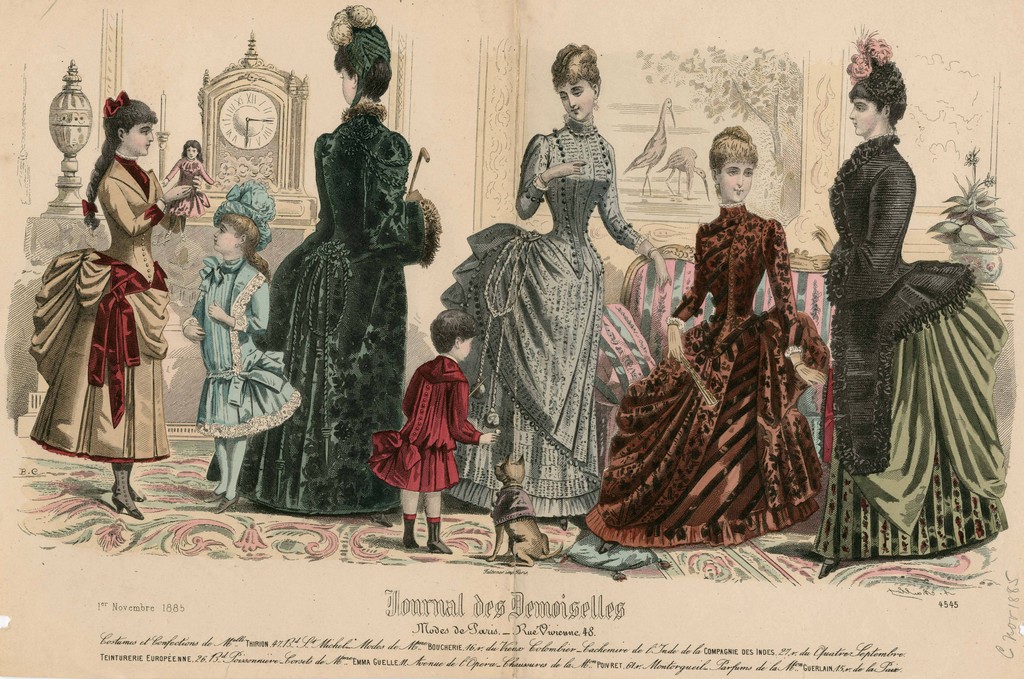
During the 19th century, a bit of Renaissance influence can be seen in the fashions vulgarized during this time. Men’s apparel ensembles still comported of three corridor, but rather than the britches of the previous period, men now preferred full- length trousers. Waistcoats and fleeces were still being worn and for further formal occasions, a staid top chapeau and a cravat were added.
Women now plant it fashionable to have veritably small middles, therefore the corset was a necessary, if not painful apply to make this fashion statement possible. At this time, women began to wear undergarments that looked like long knickers. Women wore their hair smoothed down on the top and sides and frequently had curls, poofs, or circles on the sides. Bonnets and headdresses were nearly always worn, along with gloves, especially when the woman ventured outdoors. Necklines on ladies dresses went back over and the leg-o-mutton sleeve style was veritably popular, along with the plainer, tubular sleeve type. The gem brooch came all the rage aboutmid-century and the look of a gem projected at the neckline will always be one that’s heavily associated with this time period.
The Edwardian Era 1901-1910
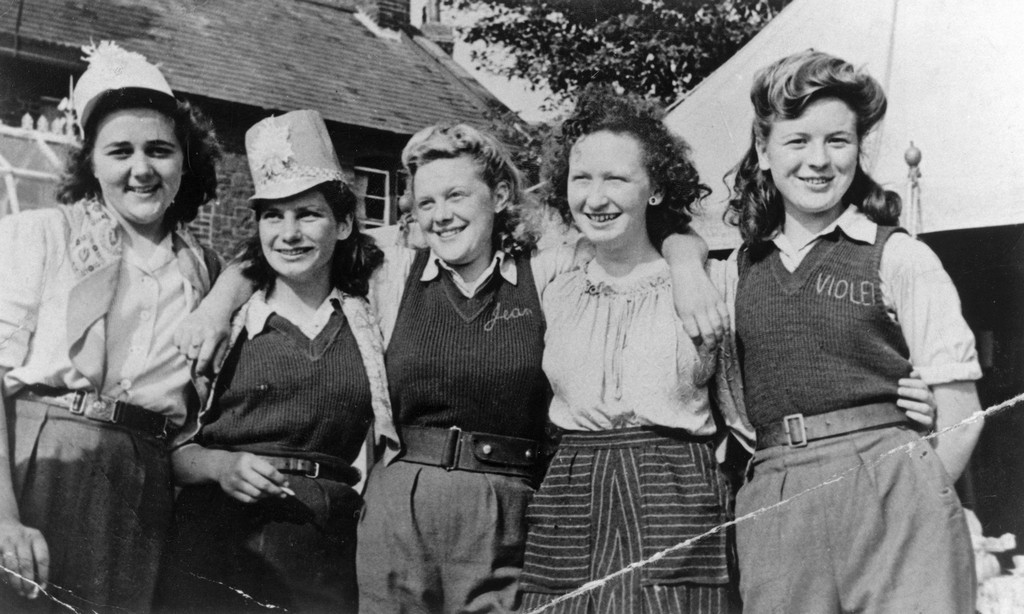
The Edwardian Period brought with it a new figure for women, the S- shape. The corset was revamped and used to push the bust up and out, hold the midriff in snugly and also produce the look of a pooching bottom in the reverse. The style could be rather confining and as women embraced a new set of fashions inspired by the feminist women’s movement and the suffragettes, styles began to relax kindly. The definitive “ Gibson Girl” style came veritably popular as women embraced apparel pieces that were inspired by men’s apparel. Suits, shirts and ties were subtly incorporated into a look that was still considered to be applicable for women. Sport apparel also came vulgarized as women came more active. Lighter fabrics and styles that allowed for further freedom of movement were also being worn.
Both men and women of this period put a heavy emphasis on headdresses. Fat or distinguished men wore top headdresses. Middle class men wore bowler headdresses. Lower class men wore simple cloth caps.
The Flapper Era
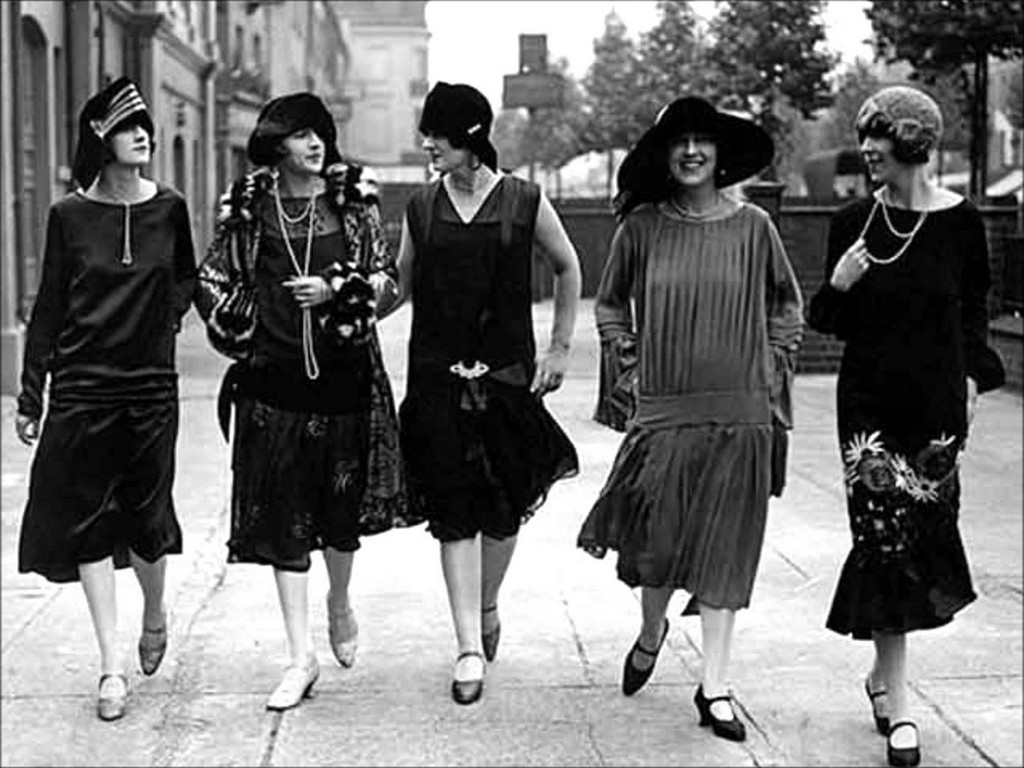
Fashion took a giant departure during the 1920’s as women mutinied against all the form and function of the costumes as well as the styles of previous ages. Boyish and schoolgirl-suchlike was the asked figure in this decade, and the shapeless, straight over and down dresses that were en vogue fully embraced this lack of form. Dropped middles and shorter hemlines were all the rage as was a downplayed bustline; in fact, the flat chested look was the most wanted style of the day. Corsets were gone and the new slip-on dresses were easy to dance in and wear to the speakeasies that were cropping up everyplace. Cotillion modes, similar as the Charleston, were made much easier to do by the shorter dress lengths and women took to bobbing their hair into a short boyish style that impeccably coordinated with the new brassy Flapper look.
The 1930’s
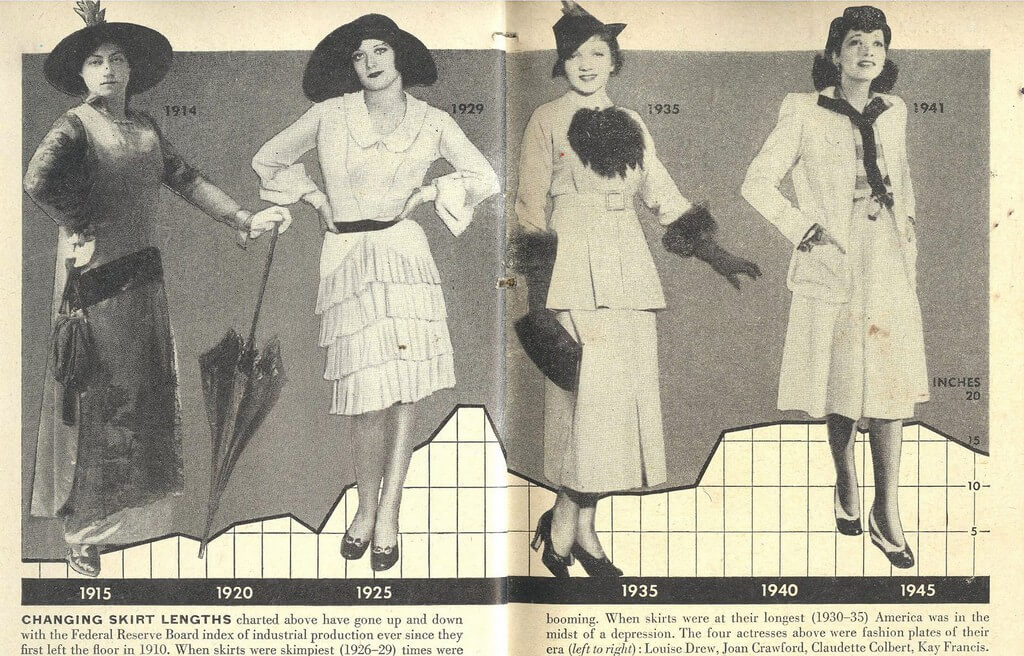
The decade of the 1930’s brought with it a return of the truly glamorous, as Hollywood starlets as well as Hollywood flicks inspired numerous fashion trends. Body- skimming bias cut gowns and feather boas weren’t unusual. This decade also solidified the knee length skirt for women and although the skirt was shorter, the styles of the 1930’s were a little more conservative overall than the further rebellious aesthetics vulgarized by the Flappers. Classic styles came the norm, as the average person could no longer go fashionable and snappy vesture that would just be used for a night out on the city. For women, the midriff was back in view and a more sandglass, female shape was formerly again defined as desirable.
The 1940’s
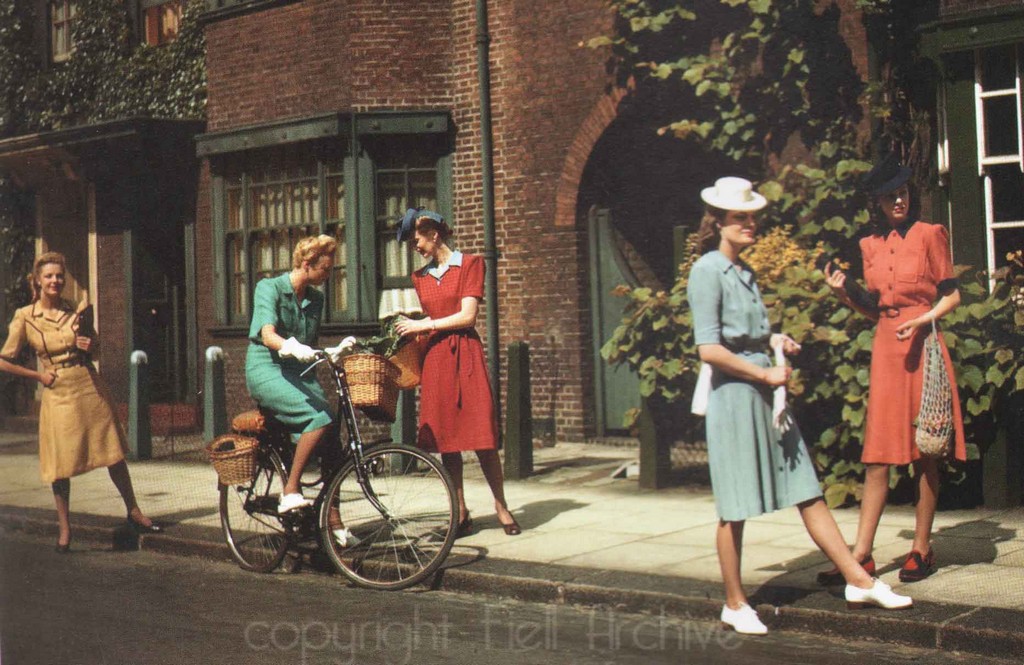
Because of WWII and the posterior rationing of fabric, styles in this decade came more understated and kindly dull. Costume and fashion of this time period had a substantially military influence, indeed including the preface of a mileage jumpsuit. The jumpsuit was a piece of practical vesture designed so that it could be put on snappily in the case of an unforeseen attack or when advising enchantresses blew.
Due to fabric rationing, the practicalities of rising hemlines feel egregious as there were limits on how important fabric could be used in any one particular garment. Styles were simple out of necessity and utmost everything was reclaimed and ultimately remodeled as important as was really possible.
The 1950’s
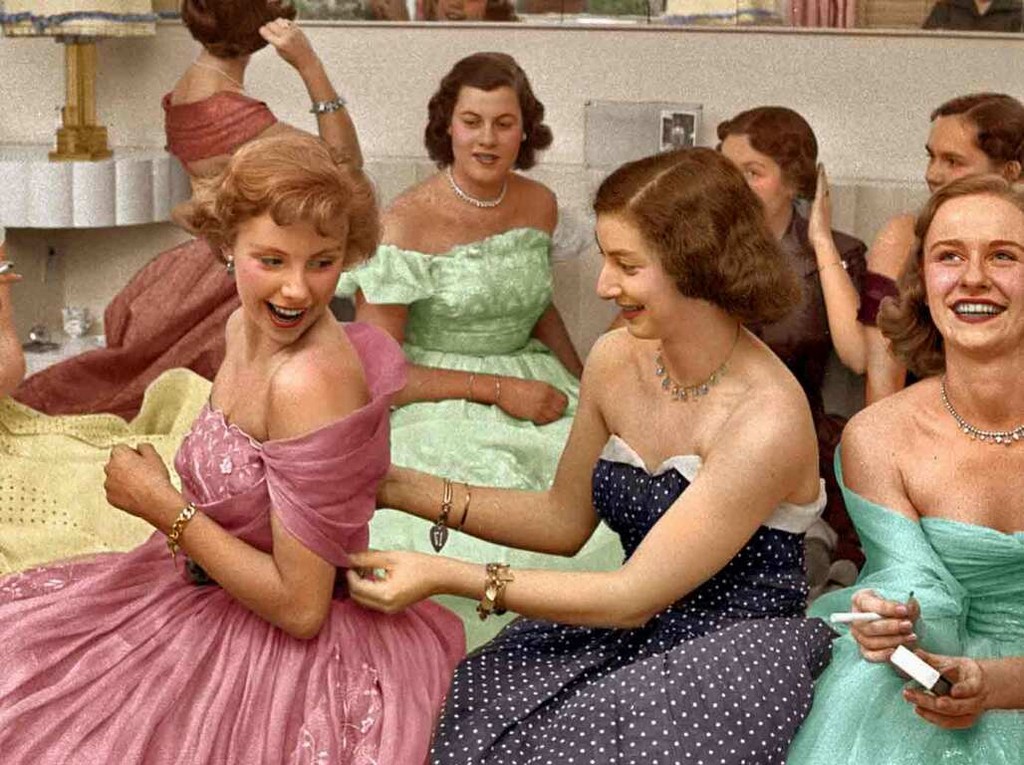
After the war ended, the world gradationally came a different place. An increased mindfulness of fantastic places also passed, bringing with it a trend toward tropical prints that featured fantastic flowers as well as win trees. Colors from Mexico and South America, similar as turquoise and terra cotta created an air of brilliance as well as fun.
Women’s 1950’s fashions emphasized an sandglass figure with a small midriff, nearly conical guts and full hips. Wide shoulders and veritably full knee length skirts were the order of the day along with short cubical jackets and pencil style skirts. Circle skirts were veritably popular along with small-collared blouses that buttoned up the front. Cardigan style sweaters with a plain neckline were also a 1950’s staple fashion item.
During the 1950’s, men also began to favor wearing the cardigan sweater. Men’s pants were narrower and jackets were more unshaped. Movie star icons similar as James Dean made jeans and the white t-shirt a huge fashion statement of the times and Elvis Presley made the wearing of blue suede shoes nearly fabulous.
The 1960’s
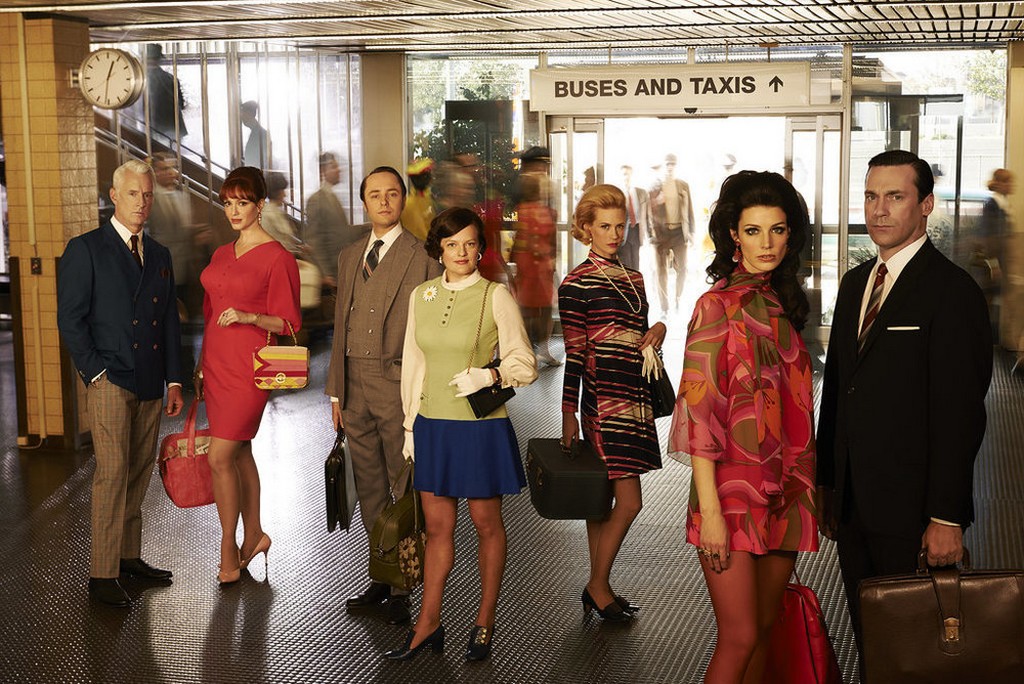
Fashion went a little crazy during the 1960’s. Colors and wild prints were used abundantly. Women’s hemlines varied from mini-skirts to maxi- dresses with accompanying go- go thrills and huarache sandals. Hippie styles were largely unisexual aesthetics that were inspired by Native American trends, including long hair worn by both relations, headbands, rounded jewelry and genderless sandals worn as footwear. Wearable art came veritably fashionable including epic tie- color colors ingrained on loose befitting tunic style covers.
The biggest and most memorable fashion trend of the 1970’s is likely bell- bottom pants. Hot pants, basically just snug befitting short films, were a huge megahit with women of this decade. Platform shoes were also vulgarized by the millions during the 70’s. The movie Saturday Night Fever brought with it disco fashions that came a huge style after 1977, including the three- piece rest suit eternalized by John Travolta in this ignominious film classic.
The 1980’s
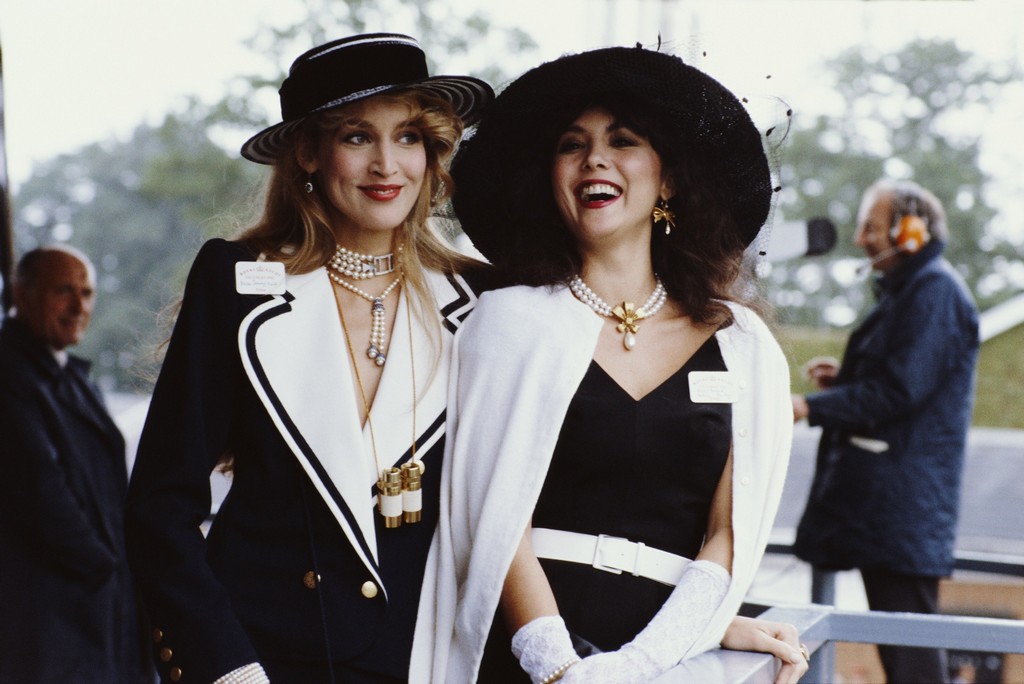
The 1980’s were largely told by the pop stars of the decade, including the likes of Madonna, MC Hammer and Cyndi Lauper. Pictures too similar as ‘Flash Dance’ made an impact on the 80’s fashion. Parachute pants, large covers paired with stirrup pants, leg warmers, fingerless gloves, Members Only jackets and huge plastic earrings were just some of the further notorious trends that were a part of this miscellaneous fashion decade.
Today’s Costumes and Fashions
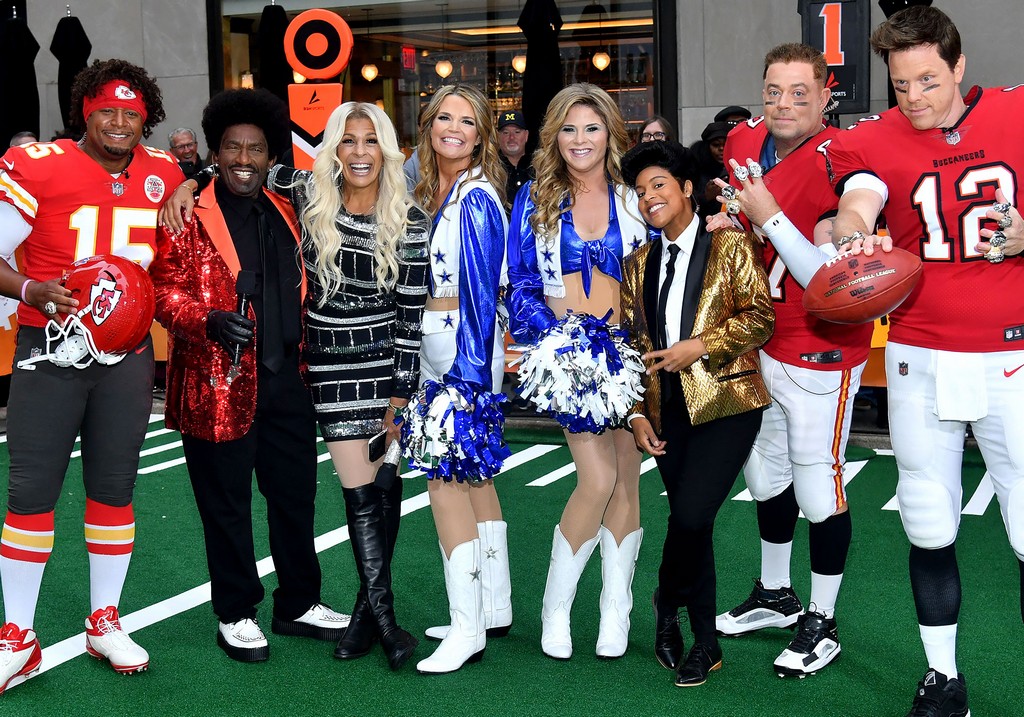
Moment fashion changes on a song and what’s considered to be in one nanosecond is surely likely to be out in the coming. Media influences as well as pop culture trends will always be a huge part of what drives fashion styles and for this reason, popular costume trends worn by the millions is an ever-dynamic business that’s always evolving as well as changing.
Fashion, whether major, quaint or antique costume looks, whether from the distant history or indeed from a more recent decade, will always be a popular way to bring a bit of the history to life and to pay due homage to instigative times from days gone in. These numerous and varied aesthetics created in yore are a great resource when it comes to choosing styles applicable for costume dress up moments. Indeed if you prefer to ride the surge of a current fashion trend or style, you’re still sharing in an instigative jotting of commodity new that one day too, will be considered part of our history. Visit JD fashion designing institute to know more!













